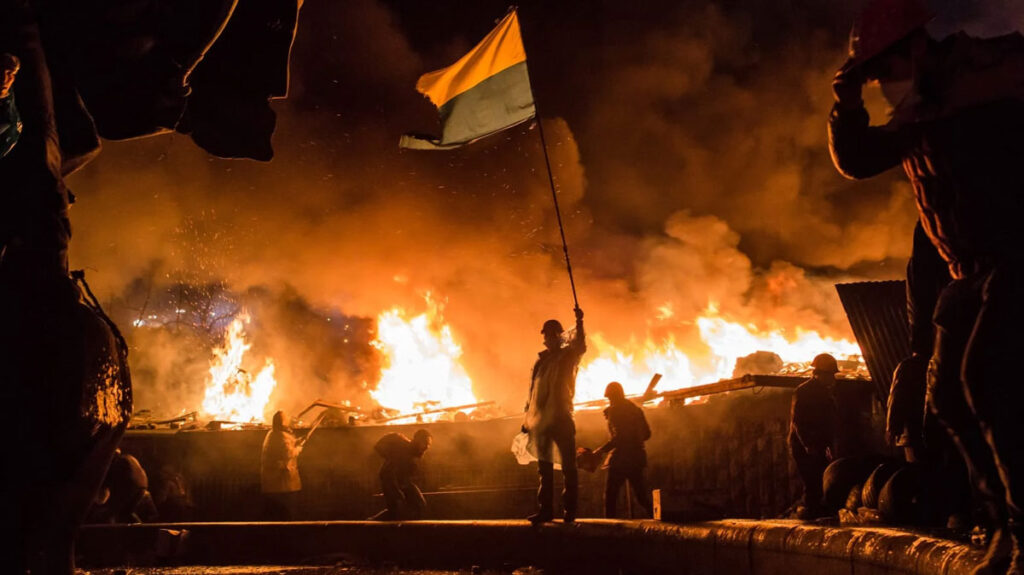Indiscriminate Exposure: Toxins from One Warzone to the Next
March 3, 2022
Knowing your exposures is a survival skill we are all learning after watching America’s best and brightest get sick from the last 20 years of war. Unfortunately, conflict is in a state of perpetual motion, and as soon as one ends another begins. Many of us watched in horror over the last week as Russia began a steady invasion into Ukraine. We analyze the normal bumps, bruises, aches, pains, and other things we know now to look for as symptoms of exposure, so how should we look at the conflict unrolling in Ukraine? With the information we have available to us now, it’s high time we look at headlines on the news like “RUSSIAN INVASION INTO CHERNOBYL EXCLUSION ZONE SPARKS FEAR OF RADIOACTIVE FALLOUT” in terms of what healthcare trends we will see in the coming generation of veterans.
At this point, nuclear exposure and total radioactive fallout are speculative and hypothetical issues, but there are plenty of exposures we can verify in the people of Ukraine which have only grown in frequency. The cities of Khariv and Kyiv have seen the most air ordnance dropped with buildings smoldering for days after. Having seen the effects of 9/11 survivors, we know some of the health complications they will experience. Inhaling carcinogens, fuel and other toxins are one of the more commonly known toxic exposures. The most concerning (albeit the most necessary action at the moment) is the way we have seen Ukrainian troops firing Javelins at Russian armor with the same frequency they smoke a pack of cigarettes.
Despite the entire country being exposed to virtually the same toxicity, individual susceptibility is a significant factor as well. When examining variations in genetic makeup, a genetically susceptible person will exhibit responses to a hydrocarbon fuel or to combustion products different from those of most persons exposed to an identical dose. US military personnel get tested pre-deployment for glucose-6-phosphate dehydrogenase deficiencies (G6PD) military/DoD-wide. One hypothesis states that a deficiency in this makes one more susceptible to long-term effects from PM and fuel-based exposures. So that’s interesting to note, but you are also a product of your environment, and this is what makes war that much more toxic. The operational environment: chronic stress, sleep deprivation, poor hygiene, chronic pain, irregular “work hours,” hypervigilance, poor nutrition, etc. All of those factors affect immunity, increase cortisol, and generally wreak havoc on our bodies.
We are seeing civilians exposed to the same nasty stuff as they try to navigate their survival amidst a full-scale invasion of their country, but this is nothing we haven’t seen before. Toxic exposure is not limited to any single conflict or any particular combat theater. It is indiscriminate, but it is guaranteed. It comes with the territory; wherever we fight and wherever we prepare to fight.
